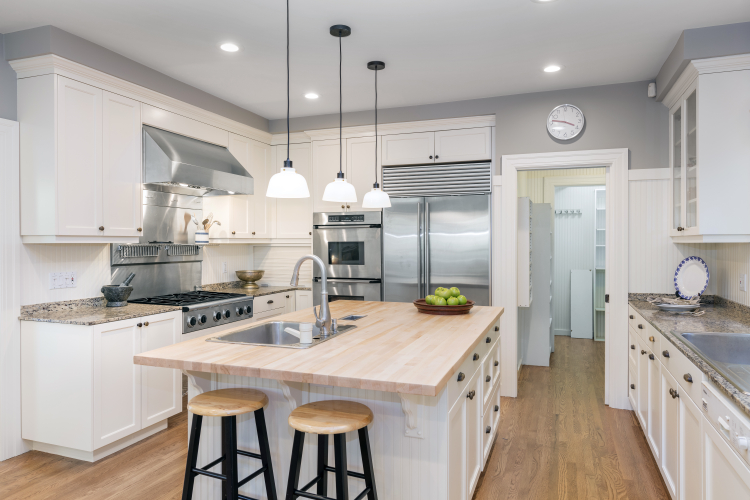Choosing the right colors for your kitchen can feel overwhelming, right? It’s more than just picking your favorite shades; it’s about creating a space that’s both functional and beautiful, a place where you actually want to spend time. After all, the kitchen is often the heart of the home! But don’t worry, designing your kitchen colors doesn’t have to be a daunting task. We’ll break it down into manageable steps, exploring different color schemes and offering tips to help you create a kitchen you’ll absolutely love.
Understanding the Importance of Kitchen Colors
Why does the color of your kitchen even matter? Well, color has a profound impact on our mood and perception of space. A well-chosen color palette can make a small kitchen feel larger, a dark kitchen feel brighter, and a sterile kitchen feel warm and inviting. It’s all about creating the right atmosphere.
How Kitchen Colors Affect Mood
Think about it: bright yellows and oranges can energize you in the morning, while calming blues and greens can create a relaxing atmosphere for evening meals; Consider the overall feeling you want to evoke in your kitchen when selecting your colors.
Tip: Before you even start looking at paint swatches, spend some time thinking about how you want your kitchen to feel. Do you want it to be vibrant and energetic, or calm and serene?
Exploring Different Kitchen Color Schemes
Now for the fun part: exploring different color schemes! There are countless possibilities, but here are a few popular options to get you started:
- Monochromatic: Using different shades of the same color for a clean and sophisticated look. Think varying shades of gray, blue, or even green.
- Complementary: Pairing colors that are opposite each other on the color wheel, such as blue and orange, or red and green. This creates a vibrant and dynamic look.
- Analogous: Choosing colors that are next to each other on the color wheel, such as blue, blue-green, and green. This creates a harmonious and relaxing feel.
- Neutral: Sticking to a palette of whites, grays, beiges, and browns for a timeless and versatile look.
Choosing the Right Kitchen Colors for Your Space
The size and lighting of your kitchen will play a big role in determining which colors will work best. Small kitchens benefit from light and airy colors that reflect light and make the space feel larger. Dark kitchens can be brightened up with warm and inviting colors. And large kitchens can handle bolder and more dramatic colors.
Tip: Don’t be afraid to experiment! Get paint samples and test them out in your kitchen to see how they look in different lighting conditions.
Incorporating Kitchen Colors Through Different Elements
Color isn’t just about paint! You can incorporate your chosen color palette through various elements in your kitchen, such as:
- Cabinets: This is a major area for color impact. Consider painting your existing cabinets or choosing new ones in your desired color.
- Backsplash: A colorful backsplash can add a pop of personality to your kitchen.
- Countertops: Choose countertops that complement your cabinets and backsplash.
- Flooring: The color of your flooring can also influence the overall look and feel of your kitchen.
- Accessories: Add pops of color with accessories such as dish towels, cookware, and artwork.
Kitchen Colors and Lighting Considerations
Remember that lighting can significantly affect how colors appear. Natural light will bring out the true colors, while artificial light can alter them. Be sure to consider the type of lighting you have in your kitchen when choosing your colors.
Frequently Asked Questions About Kitchen Colors
Designing your kitchen colors is a personal journey. There’s no right or wrong answer, it’s all about creating a space that reflects your style and meets your needs. Take your time, explore different options, and don’t be afraid to experiment. Ultimately, the goal is to create a kitchen that you love spending time in. So, go ahead and start designing your dream kitchen today! You deserve a space that truly feels like home.






